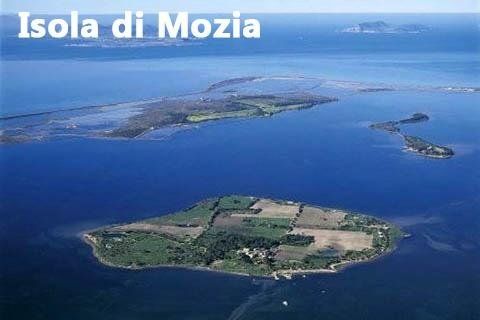Tours in Trapani
Erice, Segesta, Selinunte
Situated at the north-western tip of the Island and well-connected to the mainland thanks to the airport in Birgi, Trapani is undergoing tourist expansion of international calibre.
Trapani welcomes visitors to a unique historic centre, which features baronial palaces, city walls, towers, wonderful resorts, prominent religious events and of course a simply mouth-watering food and wine scene.
Trapani is known for its coral, tuna fishing, windmills and spectacular salt flats.
Come and discover the diversity of the city of Trapani. We can arrange for all your travel needs.
Erice
Ancient Phoenician and Greek city, perched on a mountain of the same name at 751 meters, crowned by a triangular terrace overlooking the sea. The city is a maze of cobbled streets and passageways so narrow as to only allow one man to pass.
In ancient times, Erice was known for its temple where the Phoenicians worshipped Astarte, the Greeks Aphrodite and the Romans Venus. Mount Eryx served as a reference point for sailors for whom Venus soon became their protector. At night, a large fire burning in the sacred area served as a lighthouse.
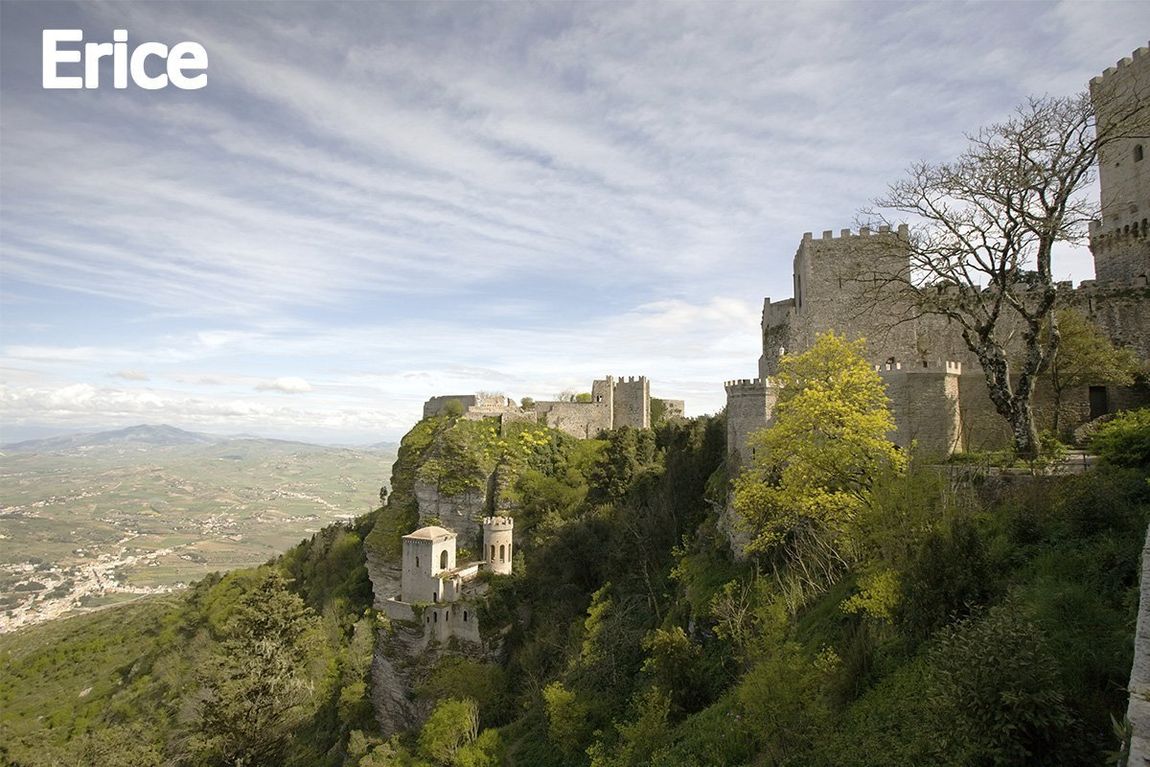
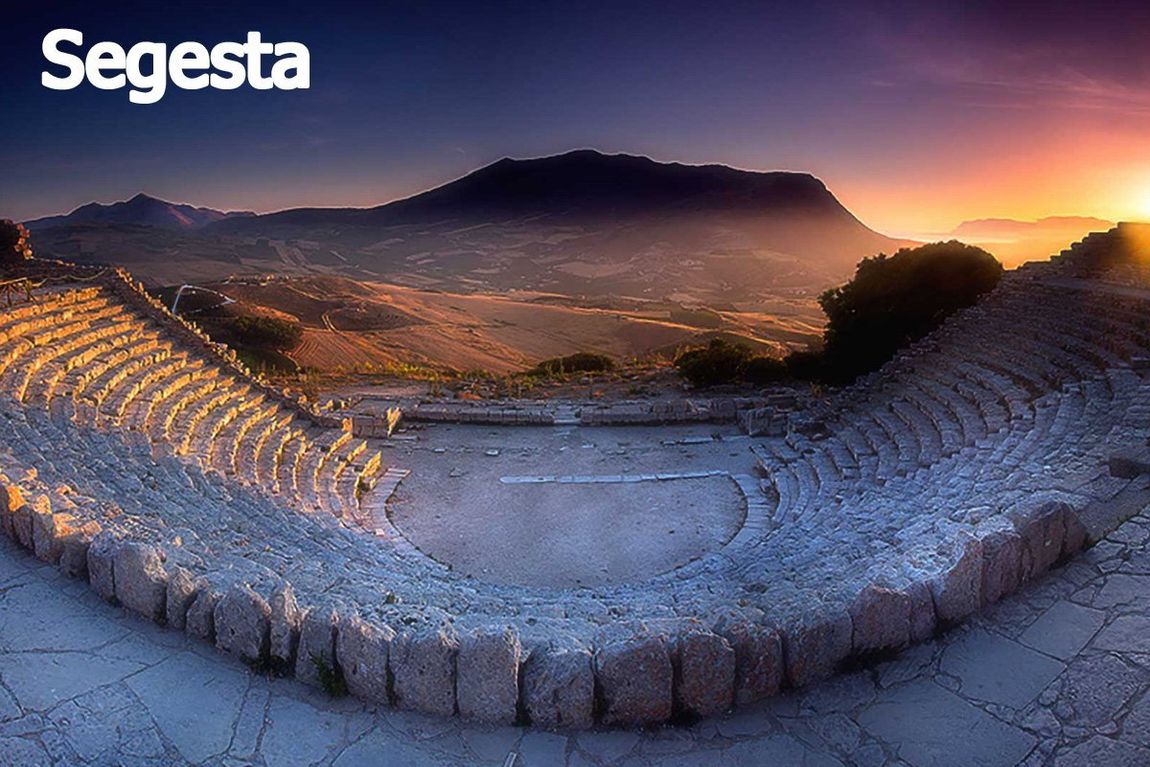
Segesta
Segesta is found on Mount Barbaro, about 400 meters above sea level, and is one of the most beautiful places in all of Sicily.
The Elymian city, the most important of these mysterious people whose origins have not been fully clarified, was the historical opponent of Selinunte, Segesta was destroyed by Agathocles, the tyrant of Syracuse, in the late fourth century B.C., and then re-founded by the Romans to be finally destroyed by the Vandals. The Normans built a castle there in the twelfth century, which has only recently been discovered.
The fame of Segesta is undoubtedly linked above all to the famous Doric temple dating back to the mid-5th century B.C.
Selinunte
Situated on a plateau about 30 meters high above sea level, Selinunte takes its name from Selinon, wild parsley.
Selinunte attempted to colonize western Sicily (Eraclea Minoa). When in the early 5th-century war broke out between the Sicilian Greeks and the Carthaginians, which ended with the battle of Himera in 480, Selinunte, oddly, allied themselves to Carthage. They had many great fights with Segesta until 409, the year when it was destroyed by the Carthaginians. After which Selinunte found themselves subject to the dominion of the Punico, who fortified and rebuilt the city, in the area which previously was the acropolis: the archaeological remains show a mixed habitation, Punico and Greek.
A powerful earthquake in the 10th or 11th century perhaps reduced the monuments of this ancient city to a heap of ruins.
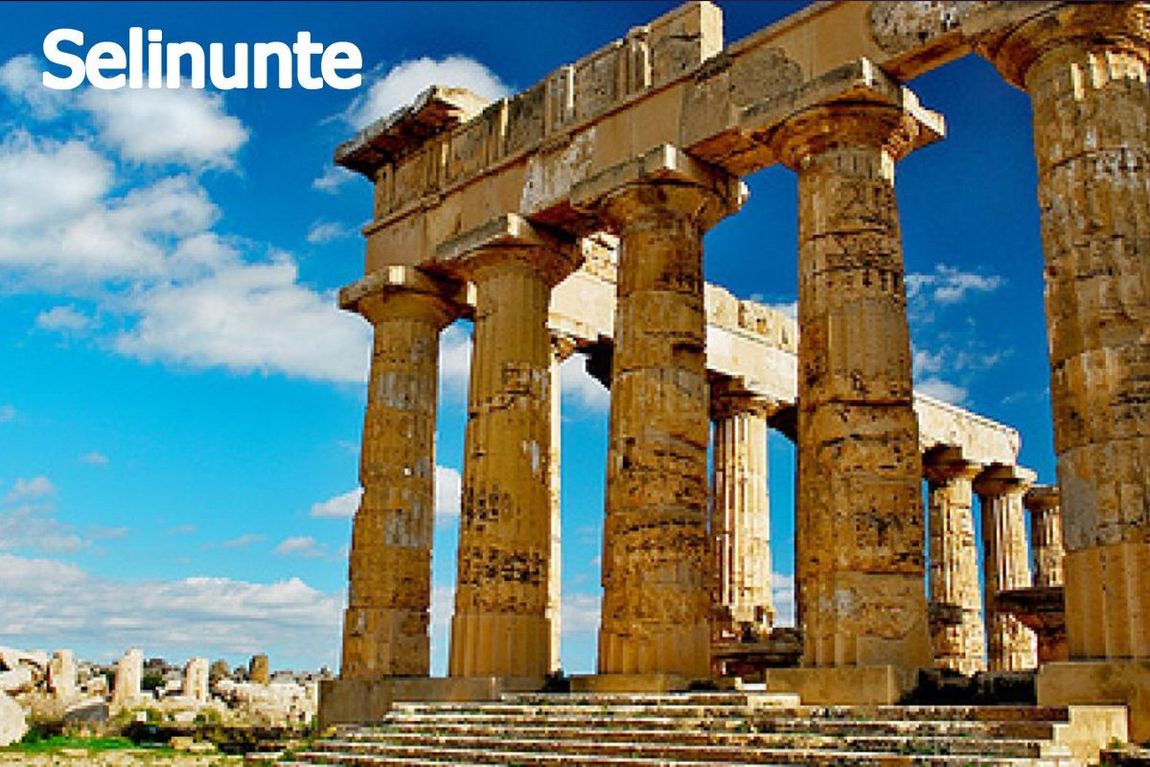
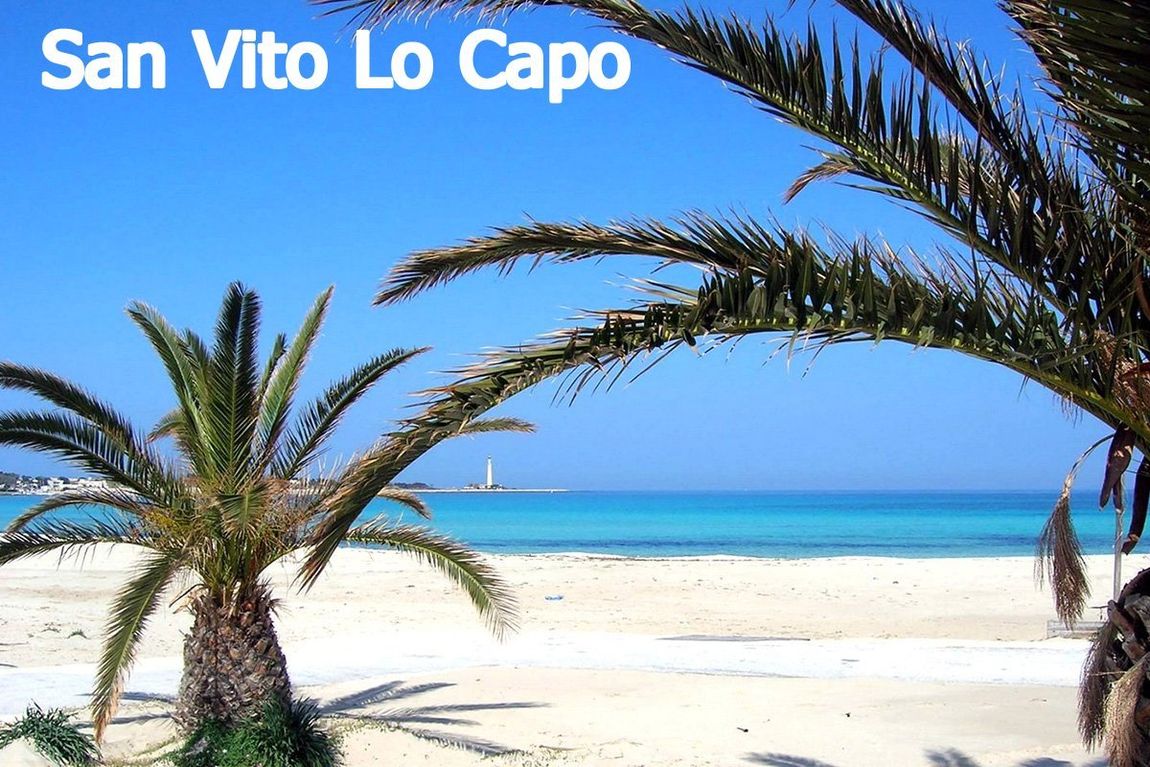
San Vito Lo Capo
Not many are as famous as the beach of San Vito Lo Capo, as its beauty will amaze you...but, along with it, you will discover many other hidden treasures, that are truly unique!
For those of you who love exploring empty beaches, away from the crowds, then you must go to St. Margaret's Bay (a 10-minute drive from the village); as well as a visit to the ancient Tonnara del Secco and the splendid Zingaro Nature Reserve are two things not to miss out on, even with boat trips, which depart daily from the port of San Vito.
Le Saline
The Saline Nature Reserve extends between Trapani and Paceco covering a coastal strip of nearly 1000 hectares.
Much of the reserve, managed by the WWF, is made up of the saline where salt is extracted according to the conventional techniques used for centuries.
The landscape is made even more attractive by the sight of lots of windmills.
The reserve is also an important wetland where many species of migratory birds find shelter, such as the pink flamingo, the great white heron and the pink seagull.
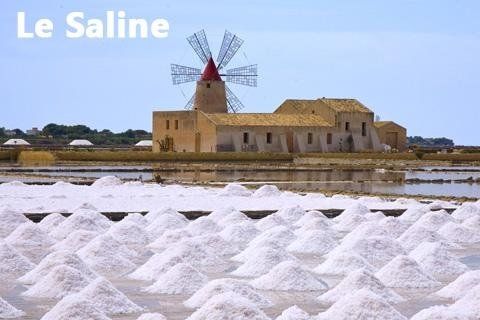

Marsala
Here, in the west, at the furthest point of Sicily, on a cape exposed to the wind and sea, rises the town which the Phoenicians called Lilybeo and the Arabs renamed Marsa Ali.
Around a centre, small but full of art and history, a vast territory opens up that includes numerous scattered hamlets, the so-called "Contrade." In this area, away from the hectic town, a wine with ancient and glorious history is made, with unmistakable taste and aroma: Marsala.
Scopello,
Castellammare del Golfo and Riserva dello Zingaro
At the western end of the southern coast of Sicily is Scopello. small fraction of Castellamare del Golfo, in the province of Trapani.
A small village that with its colours and its atmosphere recalls moments of a distant past when the Greeks and Romans dominated the island.
Scopello is mainly characterised by a red cliff overlooking the gulf and looking towards the East. It is from this cliff that the name Scopello derives, from the Greek Skopelòs which means rock.
Tourists come from everywhere to experience a relaxing holiday, the sea and the beauty of the coast, the seafloor and the nearby Riserva Naturale dello Zingaro, where nature is expressed at 101%.
Castellammare was born as Emporium Segestanorum (port of the nearby Segesta, the term empòrion designated in the ancient Mediterranean a maritime resort used for the unloading, storage and sale of goods) and until the arrival of the Arabs, its history is identified with that of the Elymian city.
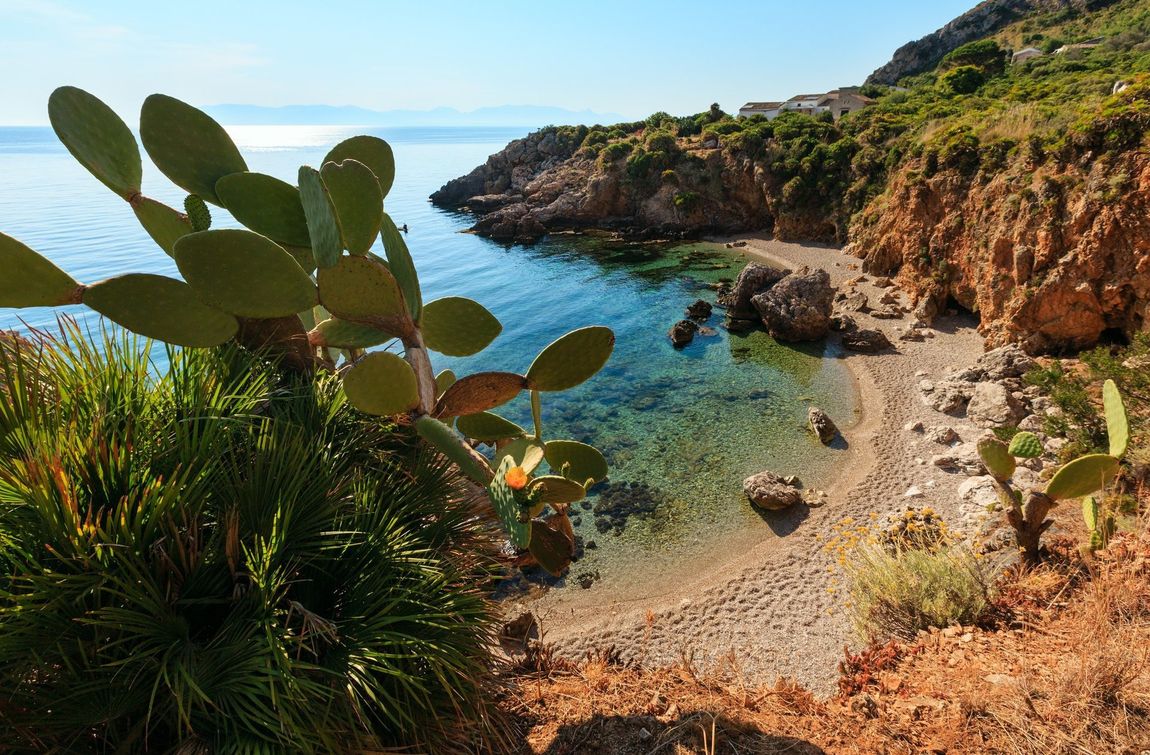
Isola di Mozia
Mozia is located in the centre of the Marsala Lagoon Nature Reserve.
To walk around the entire island takes about 30 to 40 minutes. The island is reached by small boats leaving from the jetty of San Teodoro (a 10 minutes ride).
Mozia thanks to its strategic location was the centre of a flourishing trade in the Mediterranean but was then destroyed by the Greeks of Syracuse.
Among the magnificent discoveries are the archaic Necropolis, the House of Amphorae, the city Walls, a Phoenician-Punic Sanctuary, the Tophet, the House of Mosaics and a submerged road that connects the island to the mainland.
